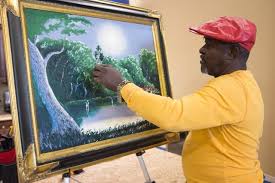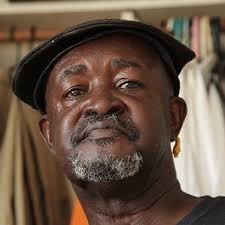Tap On Text To Read
John Maynor (1948-2016)
John Maynor, born in 1948 in Springfield, Georgia, moved to Fort Pierce, Florida, with his family in
1957. Growing up in this vibrant community, he was surrounded by the burgeoning group of African-American artists who would later be known as the Florida Highwaymen. Inspired by the natural beauty of Florida's landscapes and the artistic environment around him, Maynor developed a passion for painting from a young age. He was particularly influenced by Alfred Hair and Harold Newton, the pioneers of the Highwaymen style, and received informal mentorship from artists like Livingston Roberts and Sam Newton.
Maynor's artistic journey was marked by his unique approach to the Highwaymen's fast-painting technique. He became known for his textured renderings of Florida's lush landscapes, often using thick layers of paint applied with a palette knife to create a sense of depth and movement. His works frequently featured iconic scenes of swamps, seascapes, and Poinciana trees, capturing the essence of Florida's natural beauty. In addition to his landscape paintings, Maynor also worked as a commercial artist, painting signs for businesses in the Fort Pierce area, which helped sustain his career during periods when the demand for Highwaymen art waned
Despite being one of the lesser-known members of the Highwaymen, Maynor's contributions to the art world were significant. His work was eventually recognized on a national level, with pieces like "Two Egrets in a Swamp, Poinciana Trees" being included in the permanent collection of the Smithsonian National Museum of African American History and Culture. Inducted into the Florida Artists Hall of Fame in 2004, Maynor continued to paint until his death in 2016. His legacy lives on through his evocative depictions of Florida's landscapes, which continue to inspire and captivate art enthusiasts.

